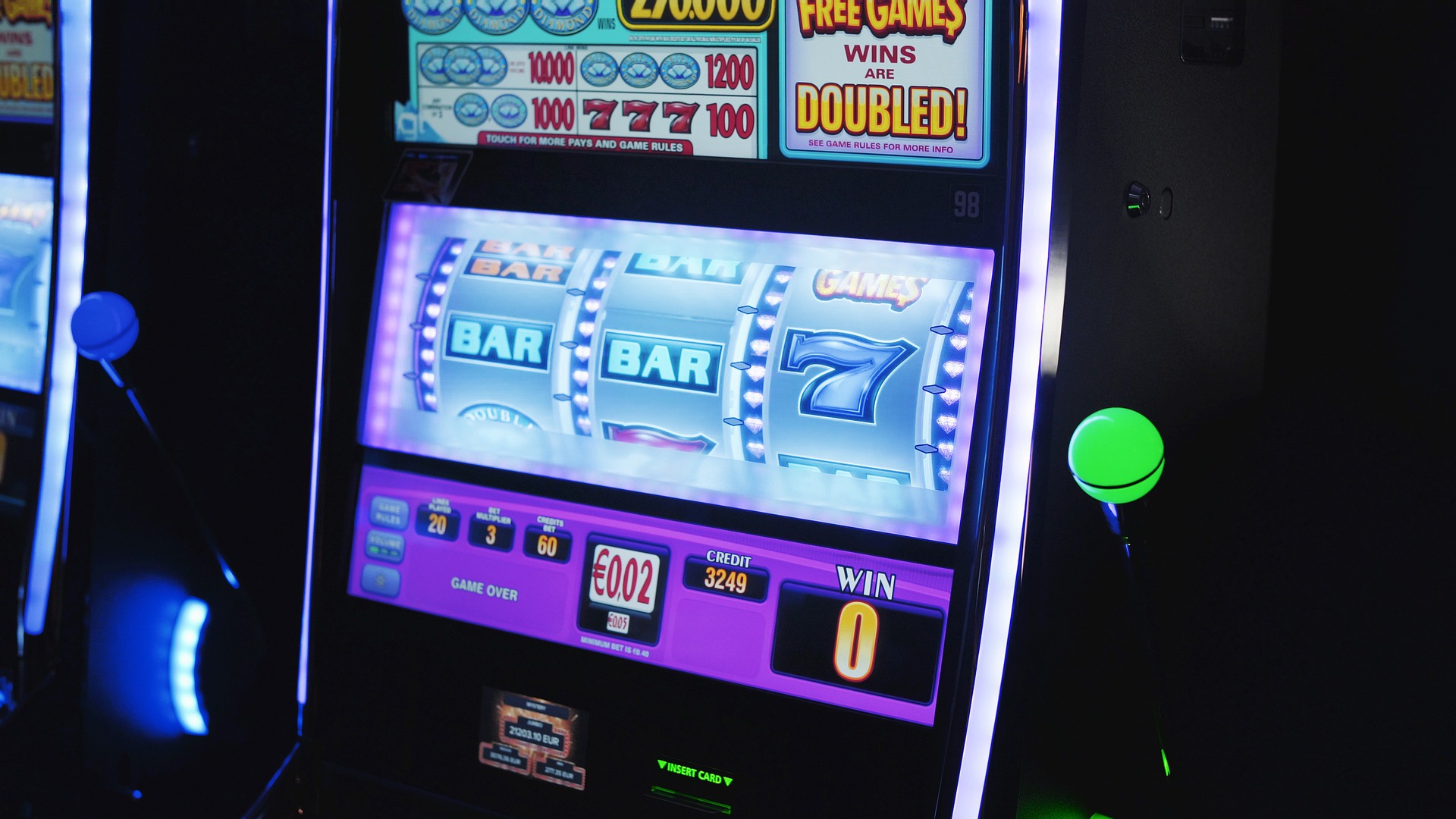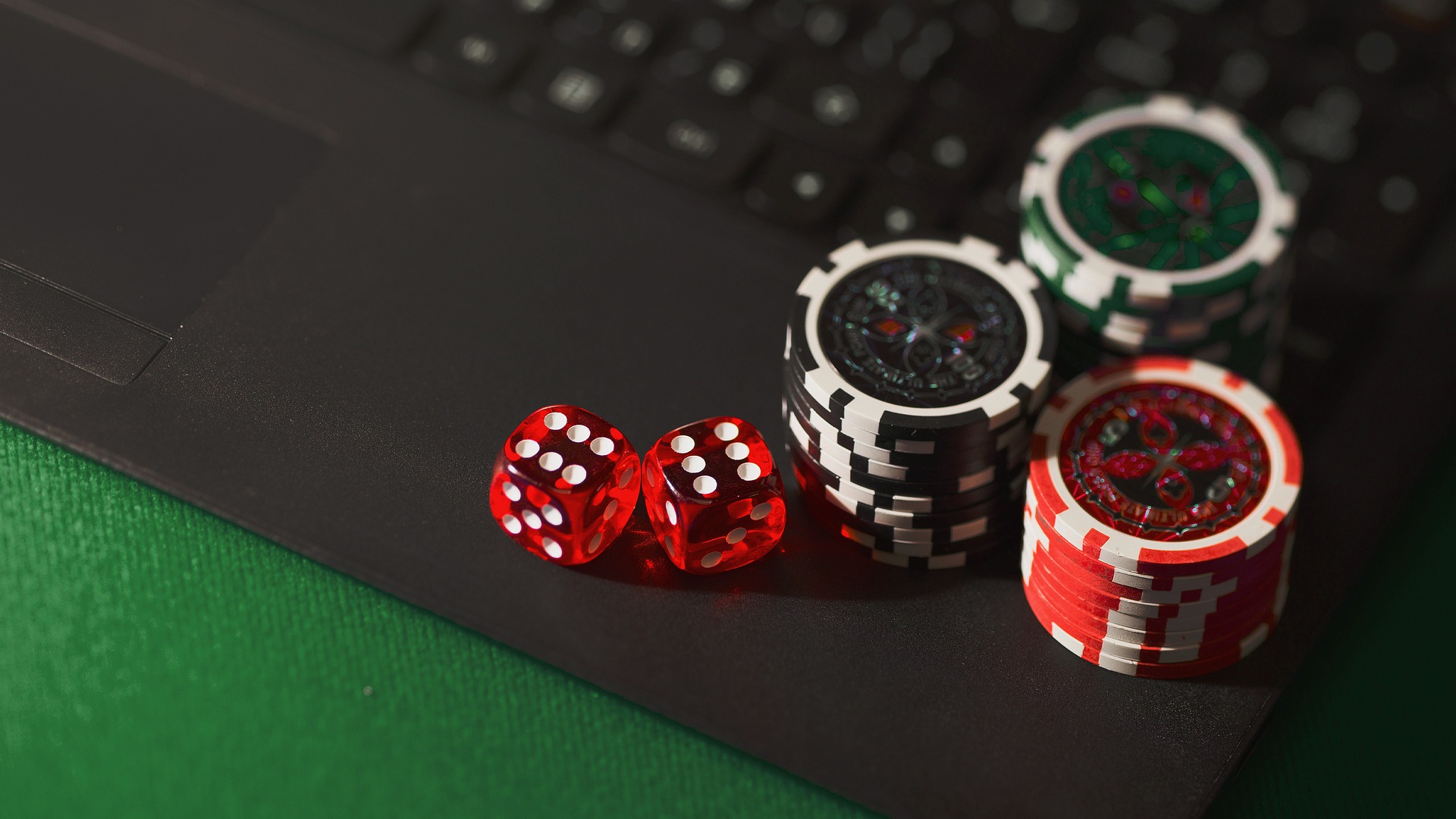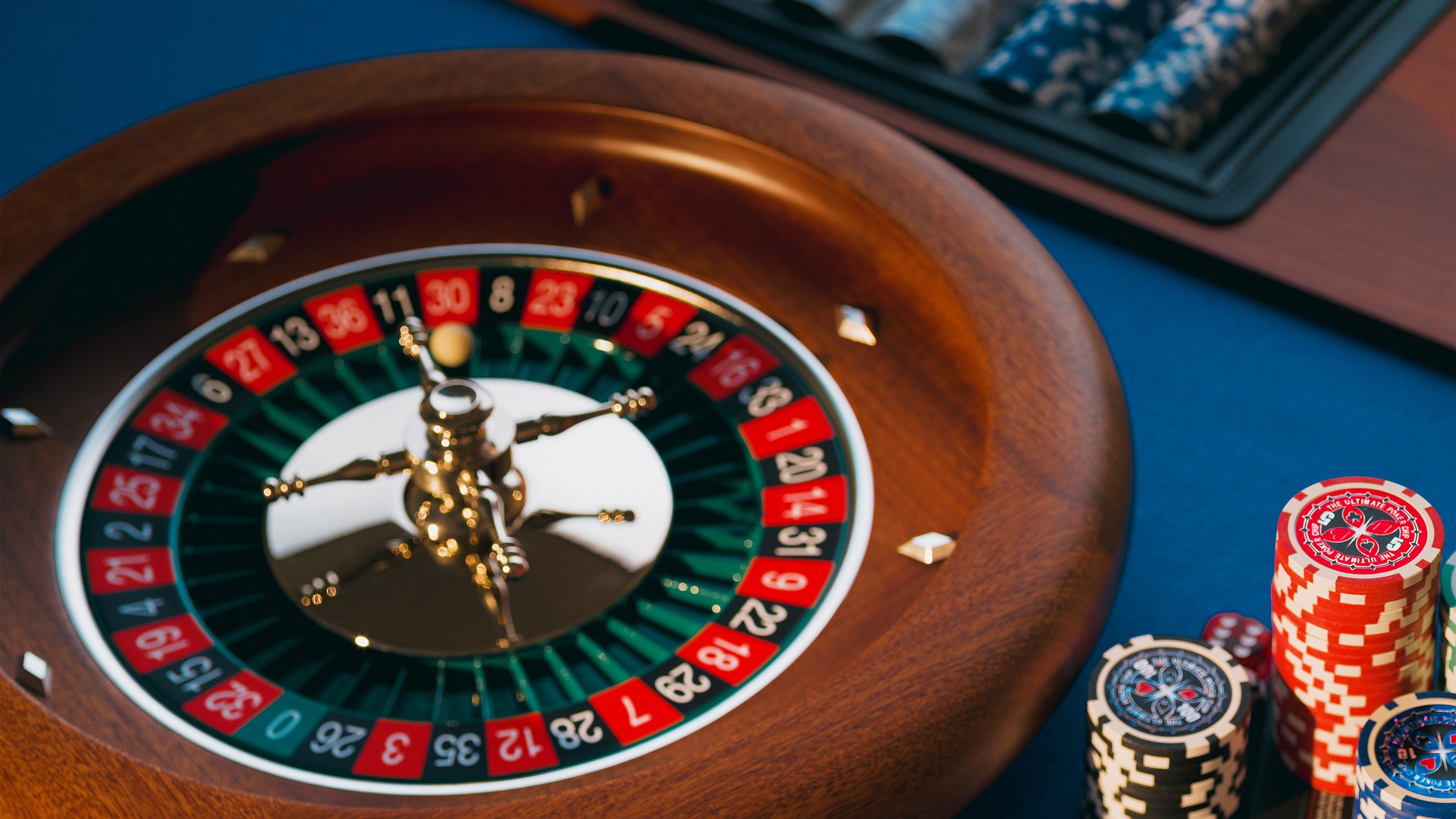Determining a slot machine’s payout percentage can be a complex process. To accurately calculate the payback percentage, players must time themselves for five minutes, take into account the unit bet size, and track their starting and ending funds.
However, due to limited access to machines with explicitly posted RTP figures, players may need to rely on publicly available averages.
This article will provide instructions on how to determine slot machine payout percentage, strategy to use for short runs, and information on public averages.
Calculating Payouts
Calculating the payback percentage of a slot machine over a short run of time is possible with patience and a sufficient bankroll to cover the cost of spins. The first step is to determine the spins per hour, which can be done by timing yourself for five minutes and multiplying by 12.
It is then important to choose a unit bet size, such as $0.25 per spin. Keeping track of the starting and ending cash during an hour of play is also necessary. For example, if the starting bankroll was $300, making 300 spins per hour at $0.25 per spin would result in a total outlay of $75 per hour.
After one hour of play, the balance could be $290, indicating $10 in losses across 300 spins or approximately $0.3 in losses per spin. This $0.3 is 40% of $0.25, meaning the machine paid back 87.5% for the one-hour session. However, variance prevents declaring the machine as an 87.5% RTP machine.
Unfortunately, American slots fans have limited access to slot machines with clearly posted RTP figures. Publicly available averages through state gaming board websites can be used to make decisions.
Short Run Strategy
Analyzing short run strategies for slot machines involves keeping track of starting and ending cash during an hour of play. This can be done by:
-
Timing yourself for five minutes and multiplying the result by 12 to determine spins per hour.
-
Choosing a unit bet size, such as $0.25 per spin.
-
Tracking the starting and ending cash during an hour of play.
-
Calculating the losses per spin for the session.
This data can then be used to determine the percentage of payouts for a particular slot machine. In some cases, the machine may not have a posted RTP figure, so the average payback percentage over a short run of time can be calculated. However, this will depend on the variance of the machine.
Lastly, it is important to note that laws and regulations for gambling, including sports betting, vary by jurisdiction.
Public Averages
Publicly available averages through state gaming board websites can be used to make decisions regarding slot machines with unclear payouts. Online gaming boards such as the Nevada Gaming Control Board or the New Jersey Casino Control Commission provide public information about slot machines located in casinos in their respective states. This information can be used to make informed decisions about slot machines with uncertain payouts.
Average payout rates of slot machines in different states can be compared to narrow down options. Metrics such as return-to-player (RTP) percentages, hold percentages, and coin-in percentages can also be used to evaluate slot machines.
It is important to note that public averages do not guarantee a particular payout rate for an individual slot machine, as variance and other factors can affect the payout rate.



